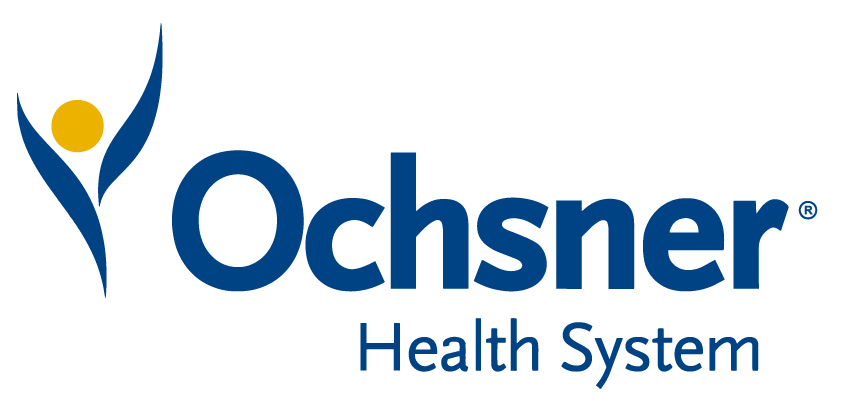


Hospitals and health systems today face unprecedented challenges, such as staffing shortages and increasing demand for treatment, with fewer resources available. Perioperative leaders are struggling to balance available resources like staffing and equipment with the demand for additional operating room time. Furthermore, low block utilization, lack of visibility into open OR time, and mistrust in operational data are compounding challenges and making it difficult to achieve strategic initiatives.
To unlock the full potential of operating rooms, transform perioperative operations, and achieve sustainable results, organizations are increasingly leveraging the power of predictive and prescriptive analytics to access real-time data and make better-informed operational decisions. The South Carolina-based Lexington Medical Center’s Vice President of Operations, Assistant Vice President of Perioperative Service, and Manager of Performance Analytics have embarked on a journey to address universal perioperative operational challenges. By adopting data-driven strategies, made possible by LeanTaaS AI-driven iQueue for Operating Rooms, they have been able to break through historical barriers of low block utilization and lack of open OR time and to notably do more with less.
In this discussion, the Lexington Medical Center’s team shares their journey and insights on how they achieved impressive results, such as optimizing staffing and increasing OR utilization through surgeon engagement and collaboration. Join us to learn about Lexington Medical Center’s journey to date, and where they are headed next.
Viewers of this webinar will be able to:





Take the first step towards unlocking capacity, generating ROI, and increasing patient access.